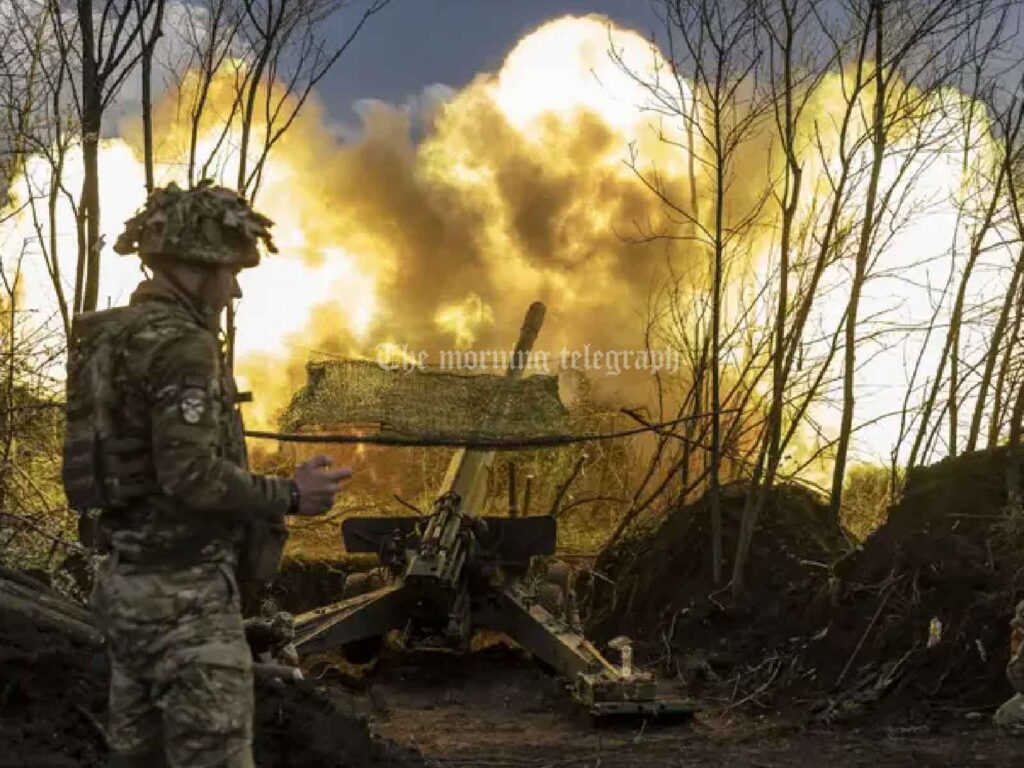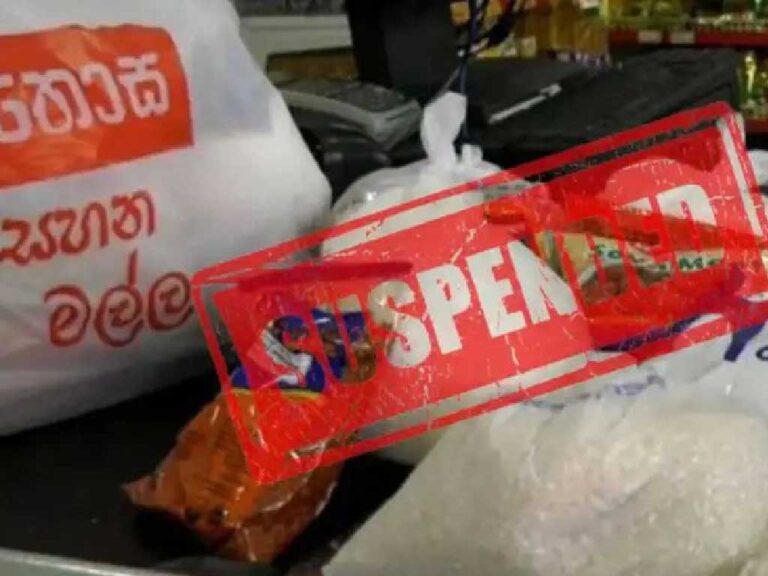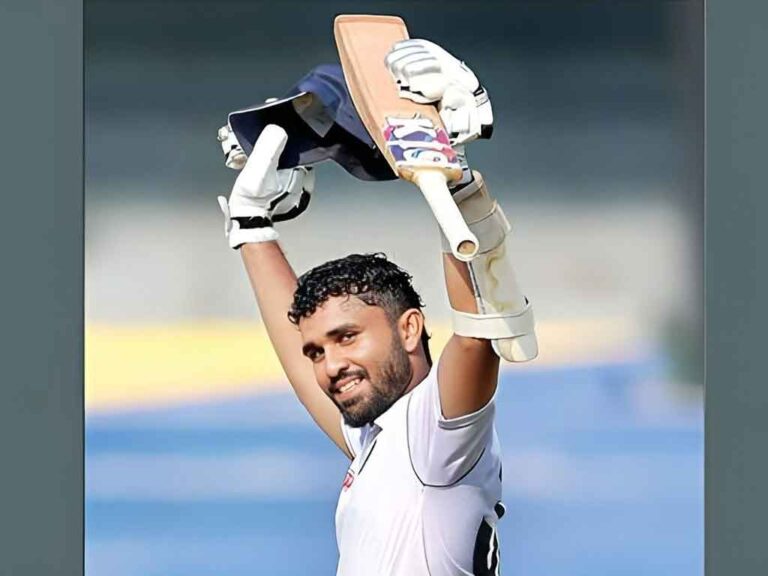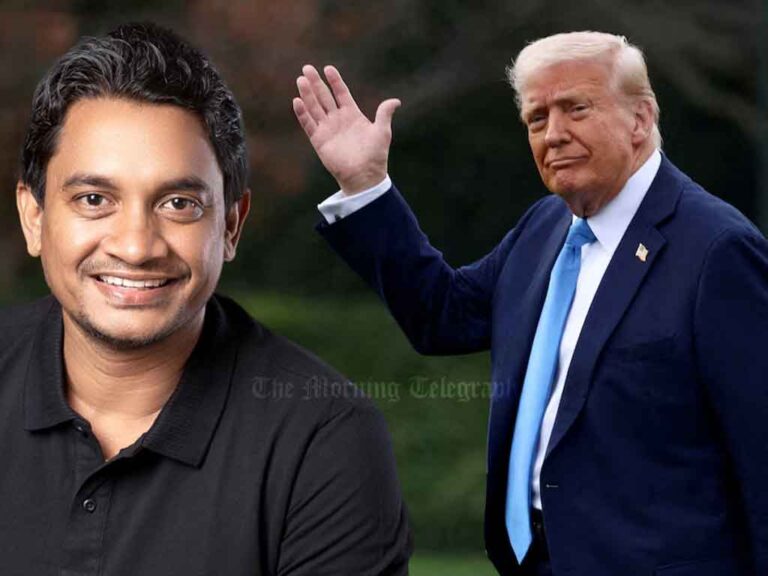
On August 23, 2024, the Russia-Ukraine conflict saw significant developments. In the northeastern Kharkiv region, a Russian attack on residential buildings in Bohodukhiv resulted in the death of one person and injuries to eight others, including a 15-year-old boy. This incident has heightened concerns over civilian safety amid the ongoing hostilities.
In the Sumy region, a Russian-guided bomb attack killed two individuals and injured one. Ukrainian President Volodymyr Zelenskyy, who visited the area, reported that Ukrainian forces had managed to capture a new Russian village and take additional prisoners of war. This visit underscores Ukraine’s ongoing efforts to regain control and address the situation on the ground.
The conflict has intensified around the strategic town of Pokrovsk, where Ukrainian forces have been facing increased Russian assaults. Residents of Pokrovsk have been ordered to evacuate as Russian soldiers have moved within 10 kilometers of the city. Ukrainian officials estimate that around 50,000 people still remain in the area, highlighting the scale of the humanitarian challenge.
Russia has claimed to have taken control of Mezhove, a village situated between Pokrovsk and Avdiivka. This area was previously captured by Russian forces in February, and its control could influence the broader dynamics of the conflict.
Russian President Vladimir Putin has made allegations of a Ukrainian attempt to attack the Kursk Nuclear Power Station, although Ukraine has not confirmed these claims. Fighting continues approximately 30 kilometers from the plant, prompting the International Atomic Energy Agency (IAEA) to call for restraint from both sides. IAEA chief Rafael Grossi is scheduled to visit the area next week to assess the situation.
In the southern Krasnodar region, a ferry loaded with 30 fuel tanks sank in the Russian port of Kavkaz following a Ukrainian attack. Rescue operations have successfully saved 17 crew members, but two individuals remain missing.
The US embassy in Kyiv has issued a warning about an increased risk of Russian missile and drone attacks as Ukraine prepares to mark its Independence Day. This warning underscores the ongoing threat to Ukrainian infrastructure and civilians.
On the diplomatic front, Indian Prime Minister Narendra Modi is preparing for a historic visit to Ukraine, the first by an Indian prime minister since Ukraine’s independence. Modi’s visit, preceded by statements in Poland urging for peace and highlighting that conflicts cannot be resolved through military means, signals a notable diplomatic engagement.
In Russia, the Federal Security Service (FSB) has launched a criminal case against CNN journalist Nick Paton Walsh and two Ukrainian journalists for allegedly crossing the border without authorization while reporting from the Kursk region. This move reflects ongoing tensions and restrictions on media coverage in conflict areas.
Additionally, over 110 Russian schools located near the Ukrainian border will shift to remote classes for the upcoming academic year due to the ongoing conflict, illustrating the broad impact of the war on everyday life.
Ukraine also hosted a follow-up meeting with representatives from more than 40 countries and international organizations, continuing discussions from June’s peace summit in Switzerland. This meeting reflects ongoing international efforts to address the conflict and seek resolution.
In terms of military support, the United States is expected to announce approximately $125 million in new aid to Ukraine. This package includes air defense missiles, munitions for High Mobility Artillery Rocket Systems (HIMARS), and additional artillery support. Additionally, the Ukrainian Air Force used a US-made GBU-39 bomb to attack a Russian platoon command post in the Kursk region, showcasing the continued support from international allies.




